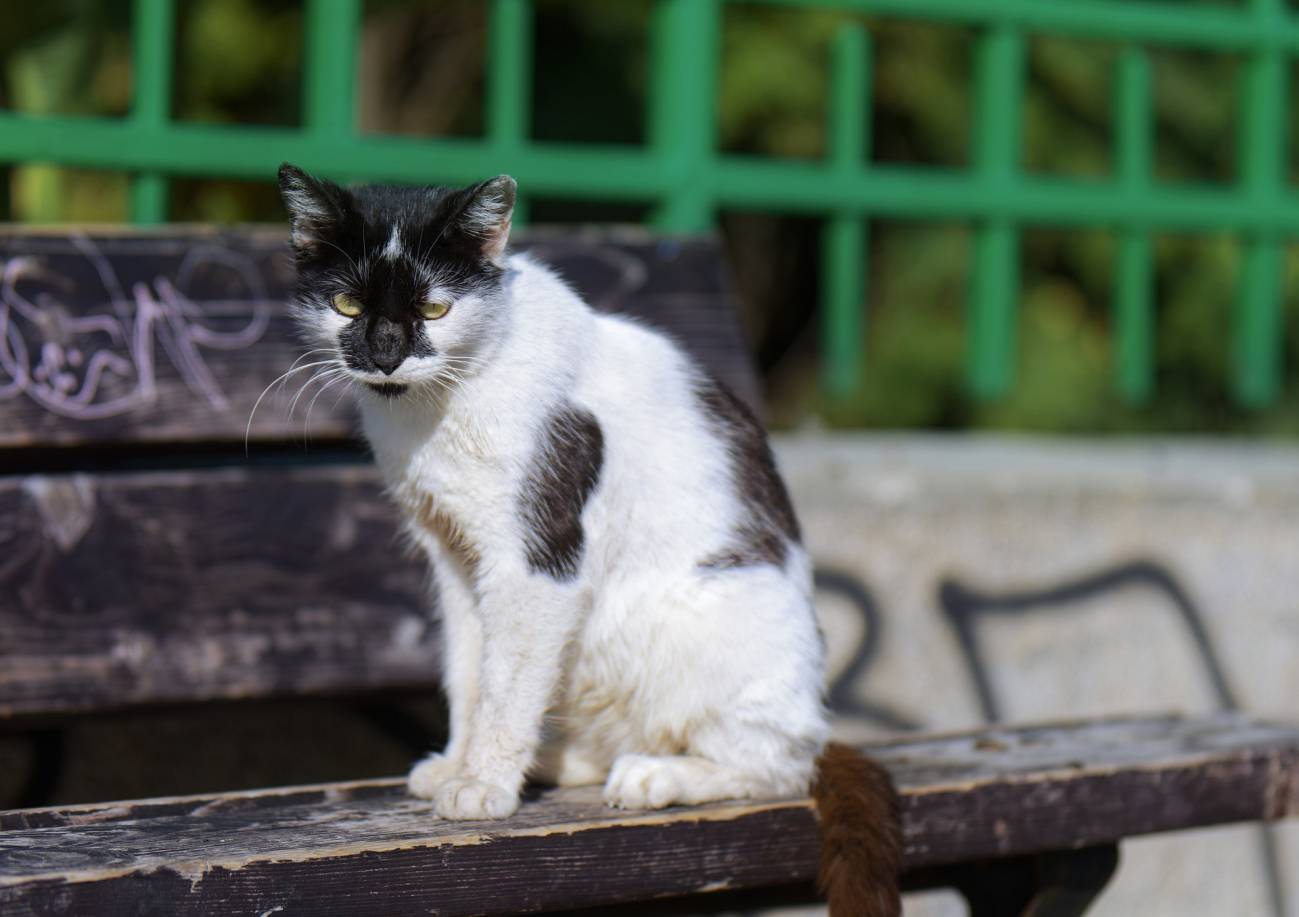The draft Animal Protection Law proposed by the Ministry of Social Rights and Agenda 2030 has just been approved by the Council of Ministers, pending ratification in Congress. The approval of a law that guarantees and regulates the protection of companion animals and wild animals in captivity should be a cause for joy for the whole of society. Two previous drafts of the approved text were made public, and the criticisms they received, in the form of allegations in the media and on social networks, have served to introduce significant improvements in the approved draft. However, it still contains negative aspects for biodiversity conservation. This is particularly striking if we take into account that the conservation of ecosystems and their biodiversity is part of the sustainable development goals of the 2030 Agenda, which the ministry led by Ione Belarra is supposed to ensure.
Among the improvements in the field of biodiversity conservation, the fact that most of the obstacles to controlling invasive species populations have been eliminated stands out. Previous drafts contained explicit prohibitions on lethal control, both general and focused on so-called "urban fauna". These impediments are not present in the final text, which contains only a vague call for "non-lethal population control of urban fauna" (Art. 22.5). Given the lack of content on this so-called urban fauna in the law, we believe that the most logical thing to do would be to remove this concept from the definitions section and the rest of the regulation. In relation to this, some definitions (see that of "wild animal") are so convoluted that they seem to have been written by Berlanga himself, introducing elements of ambiguity into the document.
The problem of cats
We believe that the proposed law continues to promote biodiversity loss by providing protection for all domestic cats, regardless of the type of relationship they have with people. The science is very clear about the many severe negative impacts of cats, whether or not they are "free-roaming" house cats (with access to the outdoors) or feral cats, and whether or not they live in so-called cat colonies. Cats are a threat to a wide variety of native species, including many endangered species, and this is a particularly acute problem in the Balearic and Canary archipelagos.
It seems that the cat is a red line for certain groups, who define themselves as "animalists" (although they seem to care little for most animals), and that the proposed law has put the views of these groups before scientific knowledge. This new law prevents the important conservation issues associated with cats from being adequately managed by proposing measures that are ineffective in controlling feral cats. Therefore, while we welcome the progress this law makes for domestic animal rights, we believe that the law should focus on protecting the welfare of pets or wild animals in captivity, and unowned cats are not pets.

